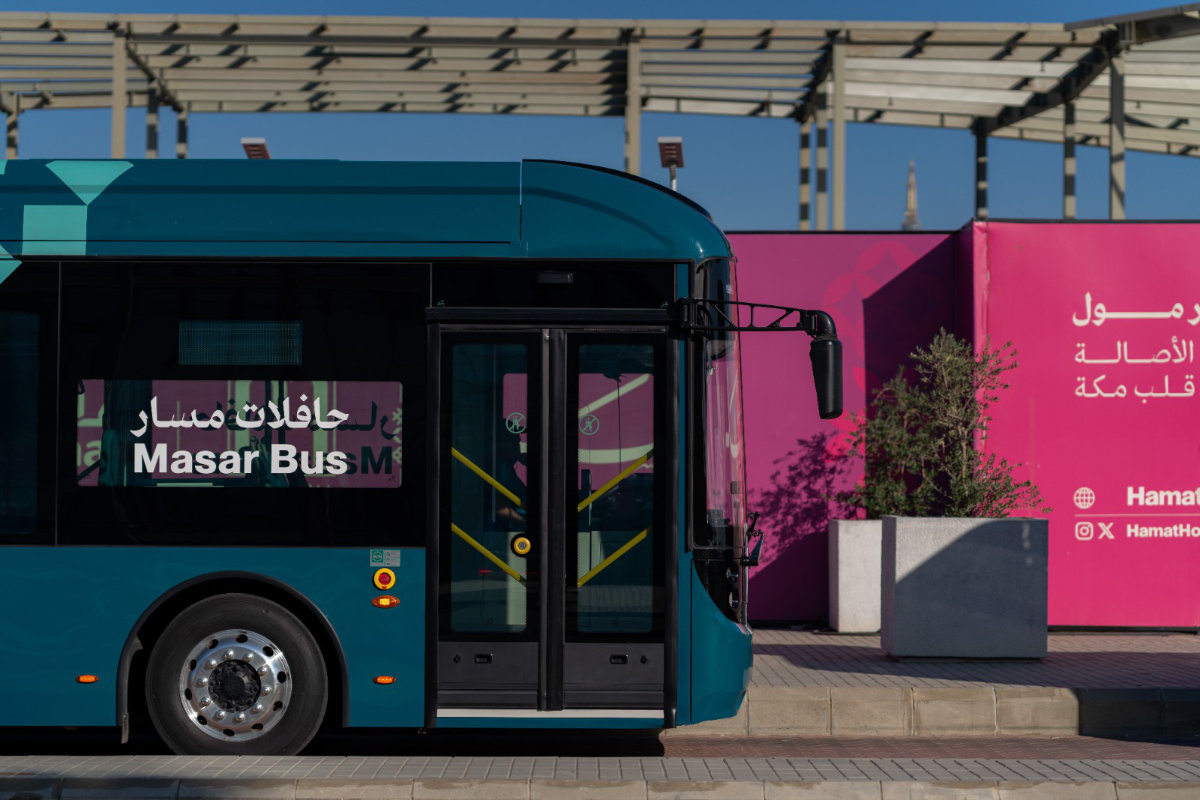JEDDAH: As Saudi Arabia and Japan celebrate 70 years of diplomatic relations, the Consulate-General of Japan in Jeddah is marking the milestone with Manga Hokusai Manga, a three-week art exhibition running until March 8.
Organized in collaboration with the Jeddah Historical Development Project and the Japan Foundation, the exhibition explores the evolution of Japanese manga from the 19th-century works of ukiyo-e master Katsushika Hokusai to the modern format that has gained widespread popularity in the Kingdom.

‘Futatasumakura,’ 1981 by Hinao Sugiura. (AN photos/Supplied)
Hosted at Bait Amir Bahar in Al-Balad, one of Jeddah’s historic homes, the exhibition highlights both the similarities and contrasts between the artistic styles while showcasing the cultural depth of Japanese storytelling.
Rather than simply focusing on how Hokusai’s work influenced manga, the exhibition invites visitors to compare both styles and understand what makes them unique. It examines themes such as visual storytelling, artistic techniques and cultural participation across different eras.
HIGHLIGHT
The exhibition in Jeddah explores the evolution of Japanese manga from the 19th-century works of ukiyo-e master Katsushika Hokusai to the modern format that has gained widespread popularity in the Kingdom.
Hokusai’s manga drawings, while sometimes resembling cartoons, encompass a wide variety of subjects, from nature to human expressions and everyday life. Unlike modern comics, his work was not centered on humor but balanced artistic instruction with entertainment — much like how manga today combines storytelling with visual artistry.

‘Portrait of Hokuai,’ 2015, by Sawa Sakura. (AN photos/Supplied)
Hokusai created his manga using woodblock printing, transferring the images onto paper in three primary colors: Black, gray and pale peach. The collection, comprising 4,000 illustrations across almost 800 pages, was published between 1814 and 1878 in 15 volumes bound with string.
The phrase denshin kaishu, which precedes the title, translates to “transmitting the spirit and learning the craft,” highlighting the collection’s educational purpose.

Hosted at Bait Amir Bahar in Al-Balad, one of Jeddah’s historic homes, the Manga Hokusai Manga exhibition showcases the cultural depth of Japanese storytelling. (AN photos/Supplied)
Hokusai Manga was originally used as a reference book for aspiring artists, much like today’s “How to Draw Manga” guides. Similar to modern fan-made manga, his work encouraged learning, copying and artistic experimentation.
In an exclusive interview with Arab News, Daisuke Yamamoto, the consul-general of Japan in Jeddah, described Hokusai as one of Japan’s greatest artists, modernizing traditional print styles through innovations in subject matter and composition.

Daisuke Yamamoto, Consul-general of Japan in Jeddah
“Hokusai transformed the ukiyo-e genre traditionally focused on images of fleeting pleasures — by shifting its emphasis from people to landscapes and the changing seasons,” Yamamoto said. “His print designs invited audiences to witness nature’s transience, capturing birds in flight, flowers in bloom and water in motion. Through his work, he blended an acute awareness of the fleeting with a deep appreciation for the timeless.”
According to an official statement, Hokusai’s work captured Japan’s diverse landscapes, portraying scenes and activities connected by shared symbols and narratives. He was among the first artists to both shape and be shaped by globalization, drawing from international influences and later inspiring European artists who adopted his decorative motifs, serialized compositions and vision of contemporary society. To this day, countless artists continue to engage with his legacy.
(This exhibition) provides an opportunity for a wide range of people to know about each other’s culture, which will be reflected in the future in their understanding of each other and facilitate all other aspects of cooperation.
Daisuke Yamamoto, Consul-general of Japan in Jeddah
Reflecting on the exhibition’s significance, Yamamoto highlighted its role in strengthening cultural ties between Saudi Arabia and Japan: “Holding this exhibition and other cultural events basically confirmed the excellent cultural cooperation between Japan and Saudi Arabia, and strengthens the bonds of friendship and cooperation, and provides an opportunity for a wide range of people to know about each other’s culture, which will be reflected in the future in their understanding of each other and facilitate all other aspects of cooperation.”

Hokusai’s manga drawings, while sometimes resembling cartoons, encompass a wide variety of subjects, from nature to human expressions and everyday life. (AN photos/Supplied)
Since the 1970s, Hokusai himself has appeared as a character in manga, reimagined by various artists in styles ranging from realistic portrayals to fantastical interpretations. This reflects manga’s evolution, blending historical figures with contemporary storytelling techniques.
Ukiyo-e, the popular art of the 18th and 19th centuries, foreshadowed comic techniques such as visualizing the invisible. However, its speech-like balloons often depicted dreams rather than dialogue, and weather lines were integrated into the scene rather than used as abstract symbols.

Hosted at Bait Amir Bahar in Al-Balad, one of Jeddah’s historic homes, the Manga Hokusai Manga exhibition showcases the cultural depth of Japanese storytelling. (AN photos/Supplied)
Hokusai’s most popular collection of printed drawings was named “manga.” While the collection is primarily known for its diverse subjects and painting style, its frequent portrayal of exaggerated expressions and acrobatic scenes has led many to associate “manga” with cartoons or humorous images.
When compared to the work of his contemporary, Utagawa Kuniyoshi, it becomes clear that Hokusai’s manga images were not necessarily intended to be funny.
In 19th-century Japan, the success of Hokusai’s manga was rooted in the balance between the mundane and the whimsical, instruction and entertainment. This blend helped secure the collection’s lasting appeal.
Today’s Japanese comics share similarities in content, particularly in their focus on capturing movement, and in their wide circulation, thanks to advancements in reproduction technology.

















